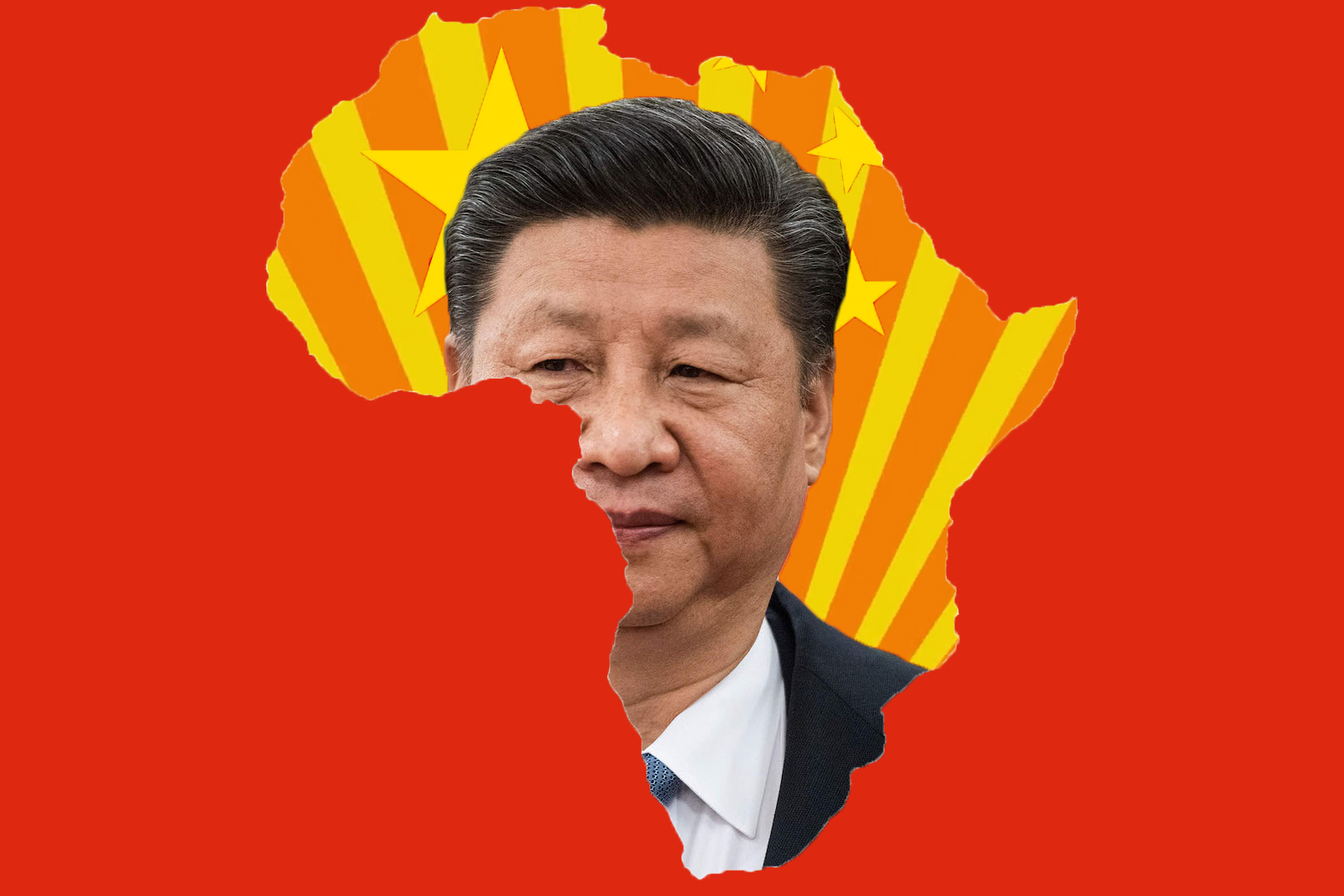
China and Neocolonialism in Africa
Many analysts contend that China has become the new face of neocolonialism in Africa, having loaned tens of billions of dollars to the continent’s governments while knowing that in all likelihood, many of those debts will never be repaid. Beijing proceeded on the presumption that its access to Africa’s markets, enhanced influence, and ability to exploit the continent’s rich deposits of natural resources would compensate it for any unpaid loans. Chinese investment in Africa has a long history, dating back to the Ming Dynasty, but it was not until the late 20th Century when China pursued what is now commonly referred to as “debt trap diplomacy” in order to have its way with Africa.
In 2000, China’s official loans to Africa had been just in the millions of dollars. Johns Hopkins University has estimated that between 2000 and 2015, the Chinese government, banks, and contractors had loaned $94 billion to African governments and state-owned enterprises. Many countries welcomed Chinese investment because it did not come with strings attached, such as a requirement for free elections, gender equality, anti-corruption programs, or government accountability. Many African leaders’ willingness to agree to Chinese funding–whether for natural resource extraction, infrastructure building, or for commercial purposes-has come at a cost.
Many people in Africa have complained that workers are not treated fairly, the environment has not been well considered, and much of the Chinese-built construction is shoddy and dangerous. Regardless of the quality of the construction, the loans must, at least in theory, be repaid to China, adding to governments’ debt burden. Two Highly Indebted Poor Countries (HIPCs)-the Democratic Republic of Congo and Zambia-have particularly high levels of Chinese government debt, raising the question about how those loans may ultimately be repaid, at what cost, and what sacrifices the governments may have to make to repay those loans. This has led some analysts to suggest that the relationship between China and Africa has become toxic.
Much of the debt of the HIPCs was written off by lenders just after the millennium. As a result of China’s aggressive lending throughout the developing world, particularly in Africa, countries such as Zambia have accumulated almost as much debt as they had before the previous generation of national debt had been written off; Between 2013 and 2018, Zambia’s national debt tripled as a percentage of national income. Most of it was owed to China.
Some NGOs consider the accumulation of debt unnecessary and reckless on the part of African governments, which, they maintain, certainly share the blame for the continent’s predicament vis-à-vis China. After all, no one forced them to accept the loans. Some projects were considered “vanity” spending, to help get politicians elected or re-elected. In Zambia, for example, Chinese loans paid for two new airports and a variety of “roads to nowhere,” while the country still lacked so many basic needs. While it takes two to tango (a lender and a borrower), development loans are often difficult to obtain, so free-spending Beijing had an obligation to ensure that the borrowers understood the implications of accepting its money, yet responsible long-term lending has often taken a back seat to near-term objectives, such as resource extraction. No one in Zambia believes that China was simply going to forgive its debt.
In 2018, Kenya’s public debt first surpassed the $50 billion mark. At that time, China was Kenya’s largest lender by far, accounting for 72% of bilateral debt-a 15% increase from 2016. Kenya’s debt to China was also 8 times more than what it had received from its next largest lender, France. Overall, China accounted for more than 21% of Kenya’s external debt that year, coinciding with Moody’s downgrading of Kenya’s credit rating because of its rising debt levels and what the agency saw as deteriorating debt affordability. That same year, the IMF ceased Kenya’s access to a $1.5 billion standby credit facility due to non-compliance with fiscal targets, urging Nairobi to lower its deficits.
Kenya was then forced to relinquish control of its largest and most lucrative port in Mombasa to Chinese control as a result of Nairobi’s inability to repay its debts to Beijing. Other assets related to the inland shipment of goods from the port, including the Inland Container Depot in Nairobi and the Standard Gauge Railway, were also threatened to be compromised in the event of a Chinese port takeover. To make matters even worse, Kenya agreed to the Railway deal with the understanding that any investment disputes would be subject to Chinese law and occur in China. Should default occur, China’s Exim Bank would take possession of the assets from Kenya’s Port Authority. At the same time, Zambia was slated to lose its international airport and national electricity grid to Beijing because of defaults on Chinese loans.
The Chinese know that Africa is going to be a smarter clientele continent going forward, and a more difficult and demanding negotiator in the future. The Angolans, for example, began specifying exactly the number of schools and railroad lines they would like the Chinese to build, and what they hoped to achieve as a result. The relationship was, in essence, being rebalanced out of necessity. African leaders were perhaps afraid to stand up to China, or were simply greedy, and feared that the money would not flow in the end. Many of them did not consider the consequences; nor did the Chinese.
As the world’s natural resources become increasingly scarce, African countries have come to realize just how many cards they hold, and they have finally decided to stand up to China. Should African countries successfully manage the transition from nations that merely possess natural resources to manufacturing powers that can actually compete with China, the nature of their relationship with Beijing will change even further. That said, both sides know they ultimately need each other. The challenge will be to find the right balance between China’s wealth, power, and money, and African countries’ resources and vast potential.

